Change Language :
iglidur® GV0 - Material data
Material table
General specification
Unit
iglidur® GV0
Test method
density
g/cm³
1,53
Colour
black colour
max. Moisture absorption at 23°C/50% room humidity.
% by weight
0,7
DIN 53495
max. total moisture absorption
wt.-%
4,0
Sliding friction coefficient, dynamic, against steel
μ
0,07-0,20
pv value, max. (dry)
MPa x m/s
0,5
Mechanical specification
flexural modulus
MPa
7.900
DIN 53457
flexural strength at 20°C
MPa
140
DIN 53452
Compressive strength
MPa
100
maximum recommended surface pressure (20°C)
MPa
75
Shore D hardness
80
DIN 53505
Physical and thermal specification
Upper long-term application temperature
°C
+130
Upper short-term application temperature
°C
+210
Lower application temperature
°C
-40
thermal conductivity
W/m x K
0,25
ASTM C 177
coefficient of thermal expansion (at 23°C)
K-1 x 10-5
9
DIN 53752
Electrical specification
Volume resistivity
Ωcm
< 1012
DIN IEC 93
surface resistance
Ω
< 1011
DIN 53482
Table 01: Material data
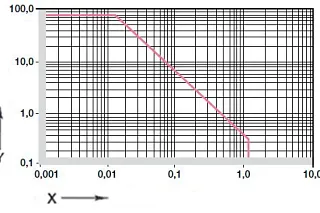
diagram. 01: Permissible pv value for iglidur® GV0 plain bearings with 1 mm wall thickness in dry operation against a steel shaft, at +20 °C, installed in a steel housing
X = surface speed [m/s]
Y = load [MPa]
iglidur® GV0 is the first iglidur® material with V0 rating according to UL94 for universal use in the normal temperature range. all other iglidur® materials with V0 rating belong to the high temperature segment. The general mechanical and thermal specifications are largely comparable with the all-rounder iglidur® G.
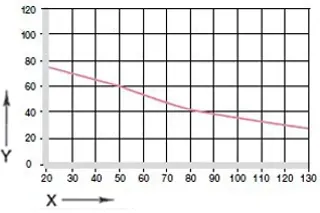
diagram. 02: maximum recommended surface pressure as a function of temperature (75 MPa at +20 °C)
X = temperature [°C]
Y = load [MPa]
Mechanical specification
The compressive strength of iglidur® G V0 plain bearings decreases with increasing temperatures. diagram 02 illustrates this relationship. At the long-term permissible application temperature of +130 °C, the permissible surface pressure is still around 35 MPa. The maximum recommended surface pressure represents a mechanical material parameter. Conclusions about the tribology cannot be drawn from this.
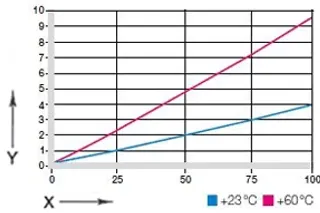
Diagram 03: Deformation under pressure and temperature
X = load [MPa]
Y = Deformation [%]
diagram. 03 shows the elastic deformation of iglidur® G V0 under radial load. Plastic deformation can be neglected up to a pressure of approx. 100 MPa, but is also dependent on the duration of the load.
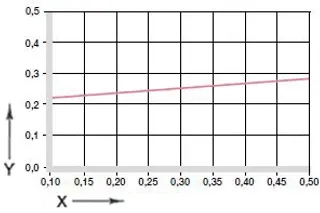
Diagram 04: Coefficient of friction as a function of the surface speed, p = 1MPa
X = surface speed [m/s]
Y = coefficient of friction μ
Friction and wear
Like the wear resistance, the coefficient of friction μ also changes with the load.Interestingly, the coefficient of friction decreases significantly with increasing load, while an increasing sliding speed causes a slight increase in the coefficient of friction.This correlation explains the excellent suitability of iglidur® G V0 plain bearings for high loads and low speeds (diagrams 04 and 05).
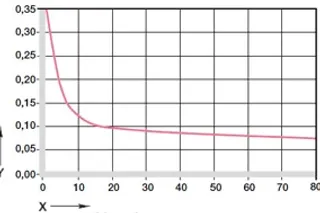
Diagram 05: Coefficient of friction as a function of the pressure, v = 0.01m/s
X = load [MPa]
Y = coefficient of friction μ
iglidur® G V0
dry
Grease
oil
water
coefficient of friction µ
0,15 - 0,23
0,09
0,04
0,04
Table 04: coefficient of friction for iglidur® G V0 against steel
(Ra = 1 µm, 50 HRC)
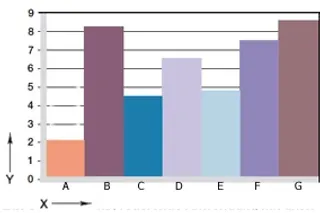
diagram. 06: Wear, rotating application with different shaft materials, p = 1 MPa, v = 0.3 m/s
X = Shaft material
Y = wear [μm/km]
A = aluminium, hard anodised
B = free cutting steel
C = Cf53
D = Cf53, hard chrome-plated
E = HR carbon steel
F = 304 SS
G = high grade steel
Shaft materials
Friction and wear are also highly dependent on the mating partner. Shafts that are too smooth increase both the coefficient of friction and the wear of the bearing. iglidur® G V0 is best suited for a ground surface with an average surface finish Ra between 0.6 and 0.8 μm. diagram. 06 shows an extension of the results of tests with different shaft materials that were carried out with iglidur® G V0 bearings. In this context, it is important to note that the recommended hardness of the shaft increases with increasing loads. If the load exceeds 2 MPa, it should be borne in mind that the wear rate (the curve gradient) tends to decrease with the hardness of the shaft material.The comparison of rotating and swivelling movements shows that iglidur® G is particularly advantageous in swivelling movements (diagram 07). If the shaft material you have in mind is not included in the test results presented here, please contact us.
Contact us
Contact details

Opening hours
Office hours
Monday to Friday from 8 am - 8 pm.
Live chat:
24h

